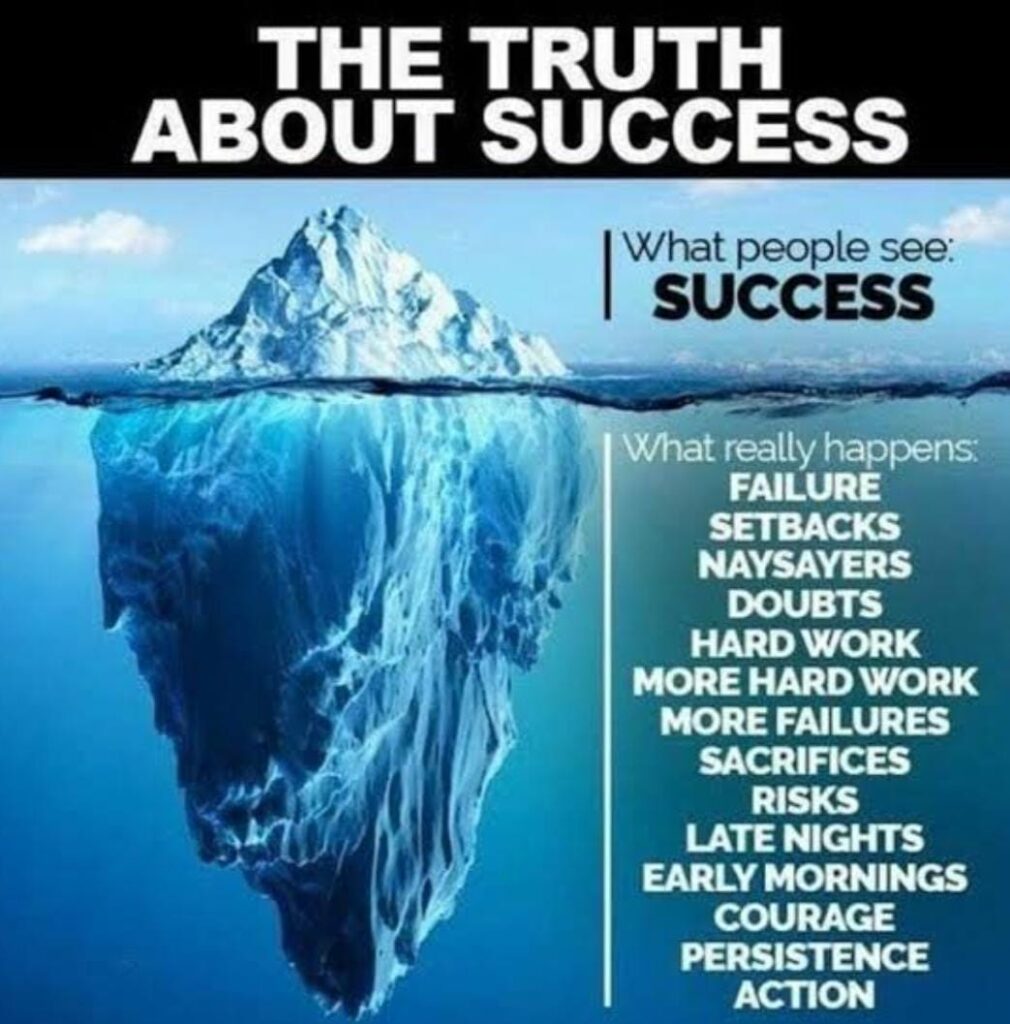4th April 2024
In the fast-paced world we inhabit, there is a prevailing notion that the value of time is directly proportional to the effort invested.
We often equate success with arduous labor and are skeptical when solutions appear too swift or effortless.
However, hidden beneath this common perception lies a fascinating phenomenon known as the ‘Labor Perception Bias.’
In 1998, Citibank & The Travelers Insurance Company merged.
They hired legendary designer Paula Scher to create a new logo.
In their first meeting, on a napkin, Scher drew what became the iconic Citi logo.
As Scher got up to leave the room, someone from the Citi team asked, “How can it be that it’s done in a second?”
“It’s done in a second and 34 years,” Scher replied. “It’s done in a second & every experience and everything that’s in my head.”
As Scher became a master of her craft, she experienced an interesting problem, “A lot of clients like to buy the process,” she explains,”they think they’re not getting their money’s worth if you solve the problem too fast.”
This is known as the ‘Labor Perception Bias’ and arises from decision makers’ inclination to focus on labor and time inputs, disregarding the value of experience and expertise
It’s an interesting phenomenon: we are generally impatient, yet, we are skeptical if, for instance, we’re at a fancy restaurant and the food comes out only minutes after we ordered.
One of the famous examples of the Labor Perception Bias is the parable of the engineer and the hammer:
A factory owner hired an engineer to fix a broken-down engine. The engineer inspected the engine for one minute, took out his hammer, hammered the engine once, and then started the engine with no problem.
The engineer charged the factory owner $5000. The factory owner was shocked, protested that the engineer had worked for only one minute, and asked for an itemized bill. The engineer sent the factory owner an itemized bill:
Hammering the engine: $5
Knowing where to hammer the engine: $4,995
On my desk, there is a note card that says, “All success is a lagging indicator.”
The line comes from one of my favorite Ryan Holiday articles. “When a day’s writing goes well,” he writes, “it’s a lagging indicator of hours & hours spent researching & thinking.
Receiving a promotion is a lagging indicator of a lot of quality work.
Delivering a keynote with confidence is a lagging indicator of a lot of preparation.”
Knowing where to hammer the engine is a lagging indicator of the years and years working with hammers and on engines.
And Paula Scher’s ability to create an iconic logo in a second is a lagging indicator of 34 years spent honing her craft.
The story of Paula Scher and her ability to create an iconic logo in a second serves as a powerful reminder of the hidden depths of experience and expertise.
It challenges the notion that value lies solely in effort and labor, shedding light on the intricate interplay between knowledge, creativity, and the art of problem-solving.
As we navigate our own journeys, let us recognise that sometimes the most profound solutions can arise in an instant, yet they are underpinned by a lifetime of dedication and mastery.
Success is like an Iceberg, what is visible is onle the triumph, but what is hidden is years of hard work, knowledge, skill, persistence & much more.
Don’t be misled by ‘Labor perception bias’ & stay blessed forever.

